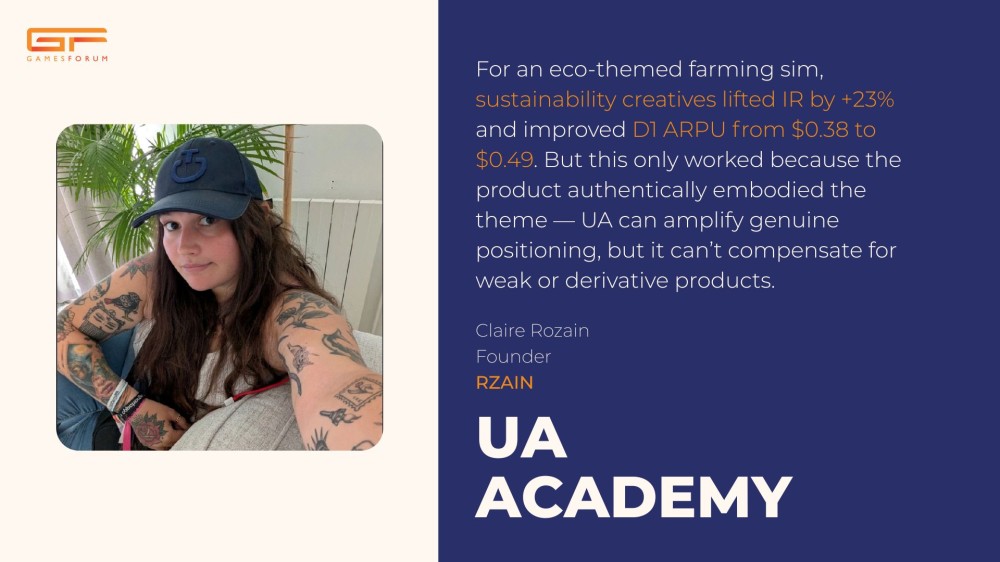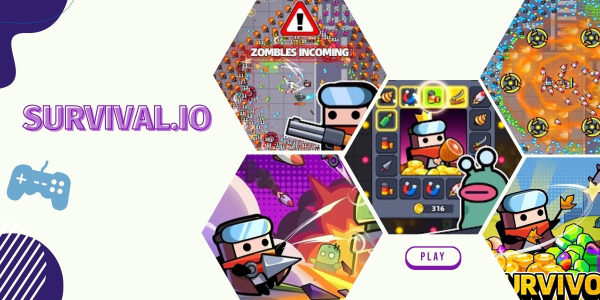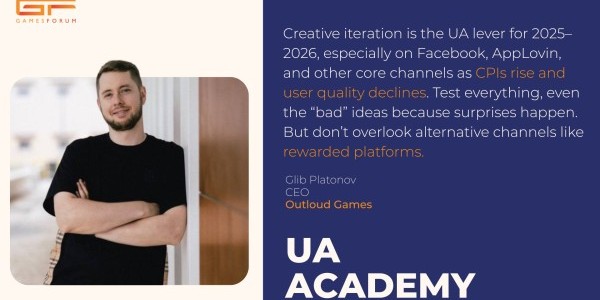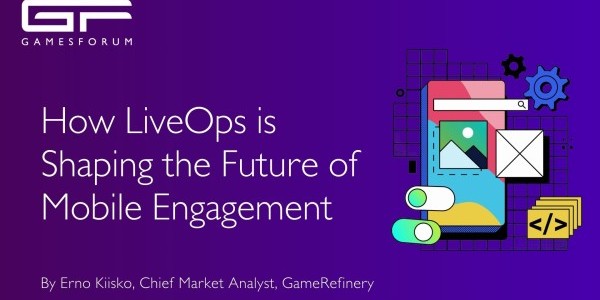When 2.8% Drops to 1.6%: Spotting Creative Fatigue Before Your Budget Burns With Claire Rozain

In this UA Academy, Claire Rozain, founder of RZAIN, breaks down the signals that reveal creative fatigue, why retention should matter as much as installs, and how post-ATT attribution models can guide smarter scaling. Drawing on her experience managing over $1M in UA spend across AppLovin, TikTok, and Moloco, she shares practical lessons on budget allocation, creative testing frameworks, and the role of inclusivity and sustainability in driving long-term ROI.
From managing $1M+ in UA spend, what signals help you spot creative fatigue early, and how do you decide when to refresh or retire assets?
In one match-3 casual game campaign ($200K/month), IR dropped from 2.8% to 1.6% in 10 days while eCPM rose from $28 to $34. D1 retention declined from 36% to 28%, signaling fatigue despite stable spend.
Following AppLovin best practices, we refreshed creatives biweekly and added interactive end-cards, which boosted IR back to 2.4% and stabilized retention.
TikTok’s approach ; fewer iterations, more concept diversity worked for the same game: testing 4 unique concepts instead of 12 minor edits drove +18% IR uplift and improved CTR from 0.9% to 1.2%.
In your AppLovin-AppsFlyer case study, what key metrics or dashboards revealed high-IR but low-retention creatives?
For a mid-core RPG ($150K/month), the AppsFlyer Creative Dashboard showed a video with IR 3.4% but D1 retention 19% and ARPU $0.42, well below target $0.75.
We paused it and scaled a mid-IR creative (IR 2.2%, D1 retention 33%, ARPU $0.80) resulting in +22% D7 ROAS uplift.
On AppLovin, creatives optimized for IR alone continued to spend. By integrating AppsFlyer’s retention overlays, we reduced $75K/month of wasted spend on low-ARPU installs.
How do you allocate budgets across SANs, DSPs, and emerging networks, and what signals justify shifting more spend to a channel?
We start with ARPU discovery and payback period by cohort calculations:
A casual puzzle game on AppLovin: IR 3.0%, D1 ARPU $0.40, payback D3, scaled from $50K to $120K/month. Based on the ARPU we allocate the channel we know able to find this ARPU range.
A story-driven RPG on TikTok and Moloco: TikTok creatives drove IR 1.9%, D7 ARPU $1.85, Moloco delivered IR 2.0%, D7 ARPU $1.72. Budget shifted from AppLovin to TikTok/Moloco as cohorts matured and hit D14 payback.
Within 3 cycles, IR dropped slightly to 3.8% but D7 ROAS improved to 78%, driving profitable scale with a different campaign structure and strong bid caps.
Cohort-based decisions ensured growth matched LTV curves, not just IR this is something I find the easiest to work on Appsflyer especially with the single source of truth and creative insights.
For a hyper-casual title ($100K/month), CTR-focused creative testing delivered IR 4.5% but D7 ROAS only 32%. After alignment, we rebuilt the test plan with shared KPIs: target D1 retention 35%, D7 ROAS 70%.
Having led both UA and creative, how do you align teams so creatives drive ROI, not just CTR or IR?
For a hyper-casual title ($100K/month), CTR-focused creative testing delivered IR 4.5% but D7 ROAS only 32%. After alignment, we rebuilt the test plan with shared KPIs: target D1 retention 35%, D7 ROAS 70%.
Within 3 cycles, IR dropped slightly to 3.8% but D7 ROAS improved to 78%, driving profitable scale with a different campaign structure and strong bid caps.
Post-ATT, what attribution models or hybrid solutions have you found most reliable for tracking ROAS and LTV?
On iOS SKAN campaigns for a strategy title ($80K/month), AppsFlyer Single Source of Truth merged SKAN installs with modeled LTV. Cohorts showed D7 ROAS rising from 42% to 64%, which justified re-investment despite lack of Meta’s deterministic data.
Without this model, early payback signals would have been invisible.
How can inclusive community-building, like your Rzain Society, strengthen UA for games targeting diverse audiences?
Puzzle gaming skews 70%+ female, yet leadership is still ~80% white male. Our “Not Your Princess, Just My Own Hero” event drove +300 attendees and directly influenced a campaign where female-led creatives. Following this we made several test that boosted IR from 1.8% to 2.6% for a puzzle title.
This data reinforces that authentic representation translates to performance audiences reward relevance not gender appropriation on the revenue side.
You’ve shown eco-focused content can outperform standard creatives - should sustainability be a systematic part of UA strategy?
For an eco-themed farming sim, sustainability creatives lifted IR by +23% (2.3% → 2.8%) and improved D1 ARPU from $0.38 to $0.49, with D7 ROAS 74% vs 61% baseline.
But this only worked because the product authentically embodied the theme. Without visionary leadership and product fit, sustainability messaging risks underperforming. UA amplifies genuine positioning; it can’t compensate for weak or derivative products and leadership.













